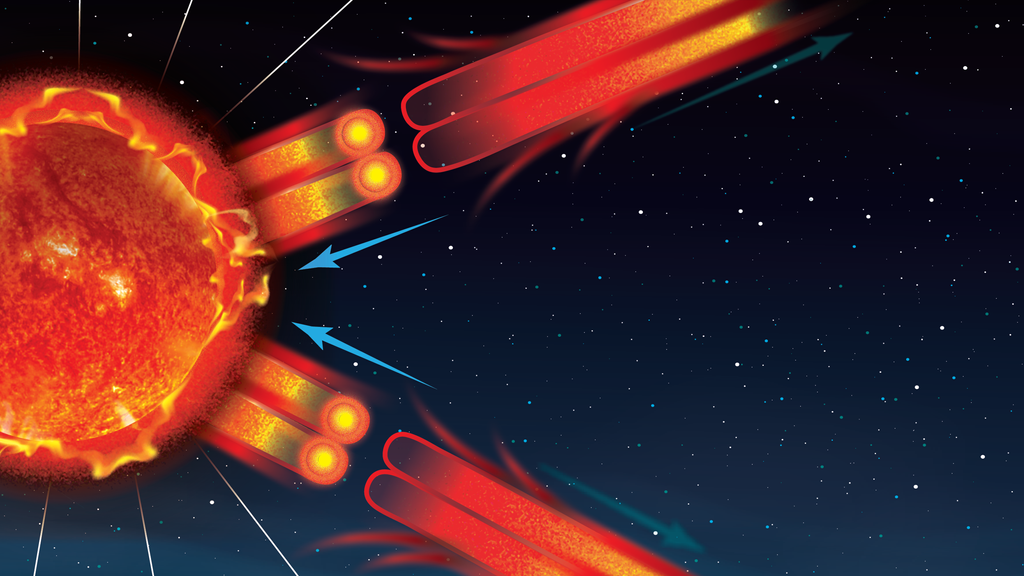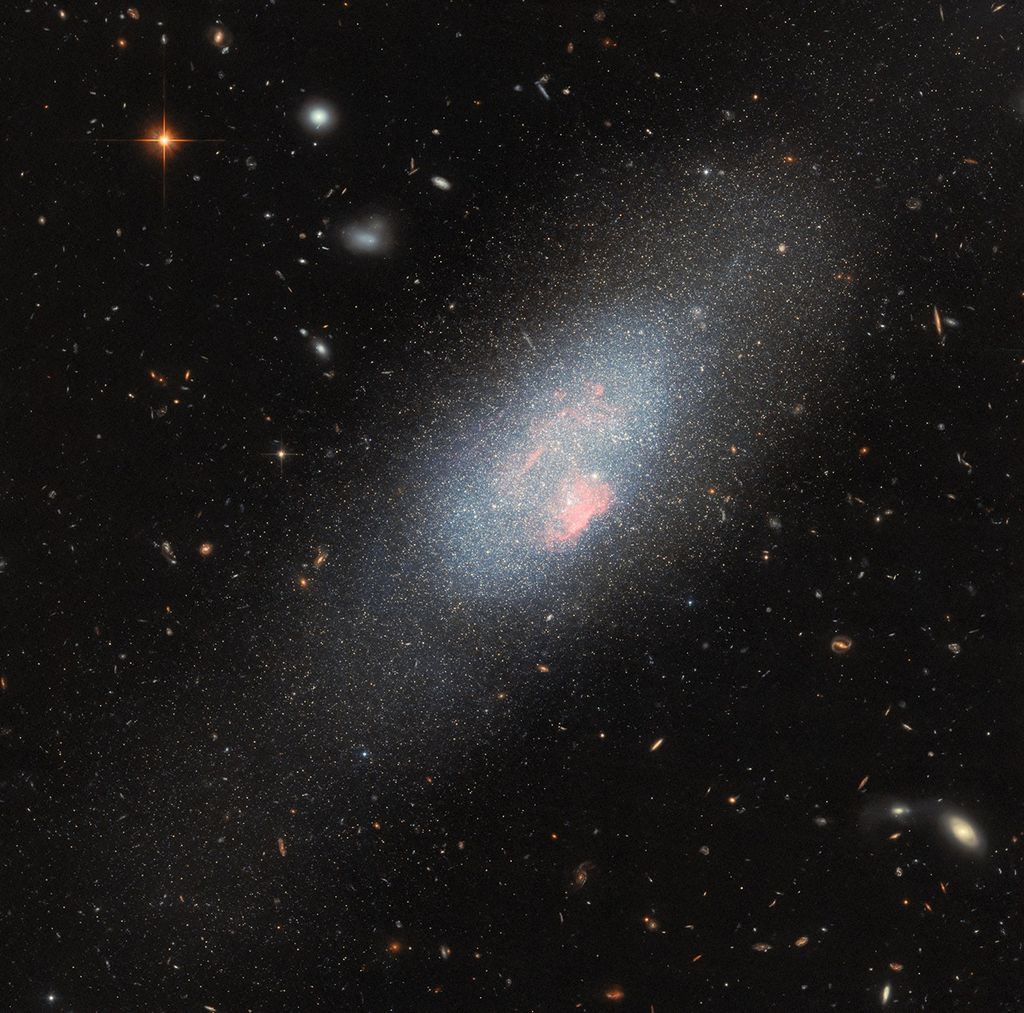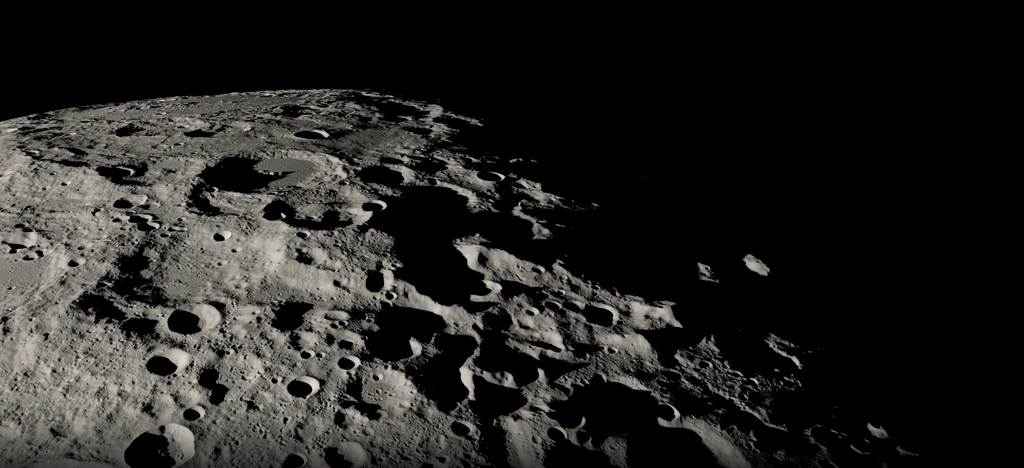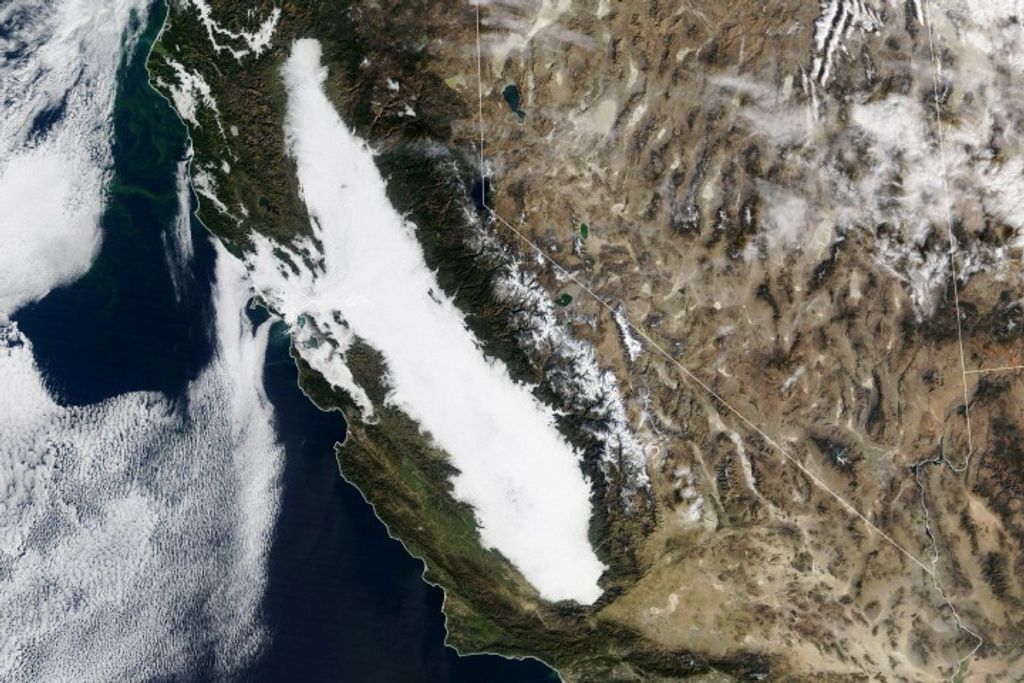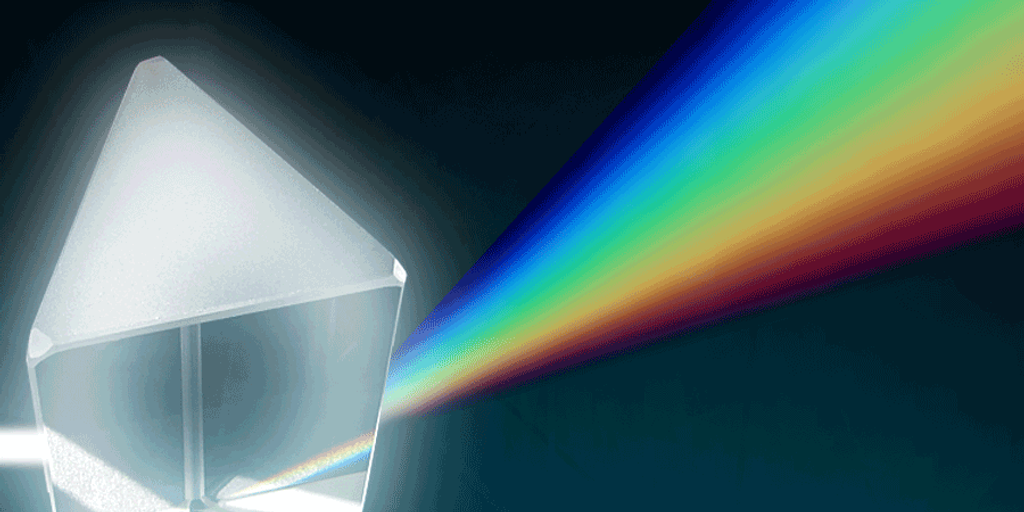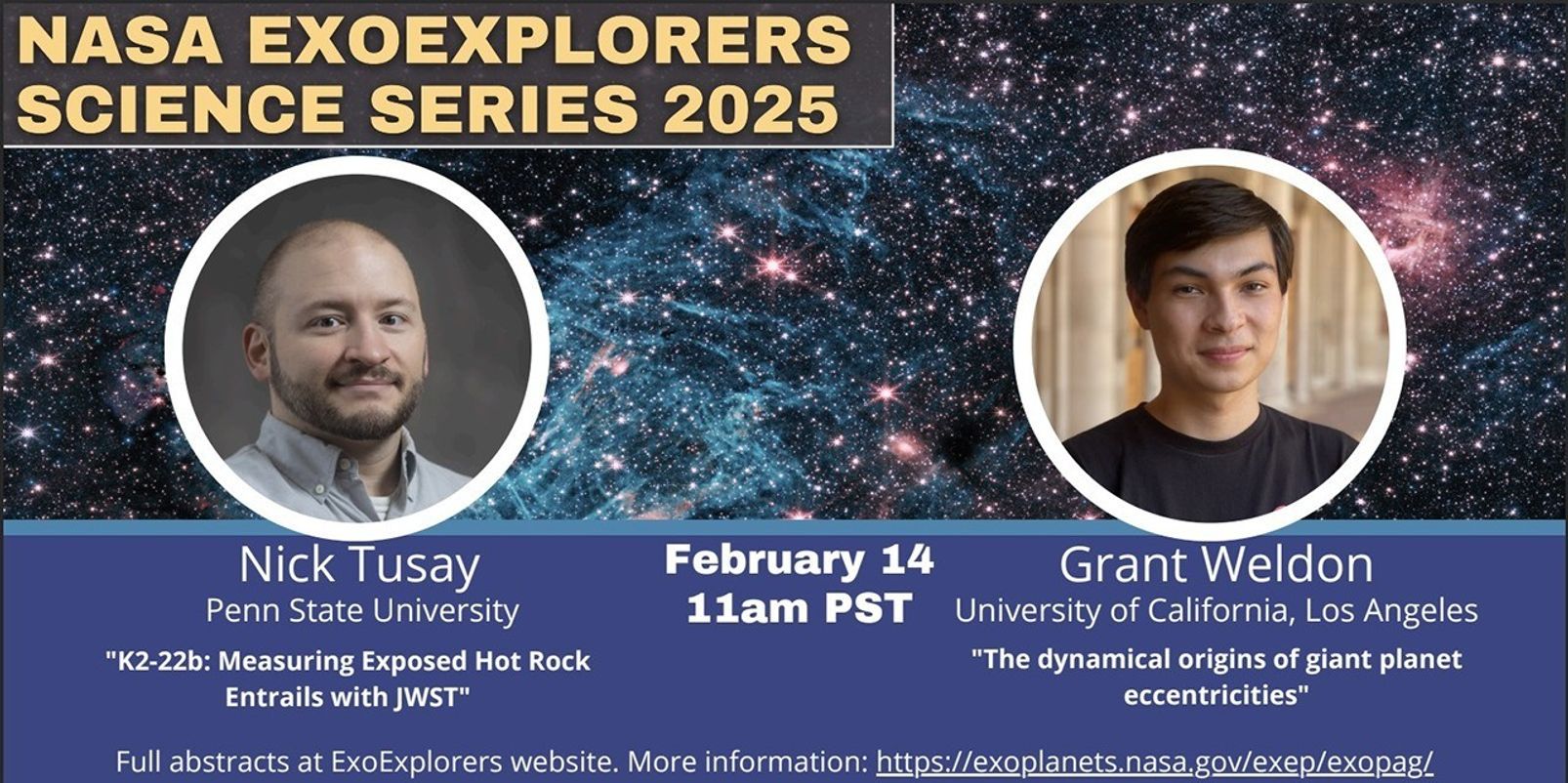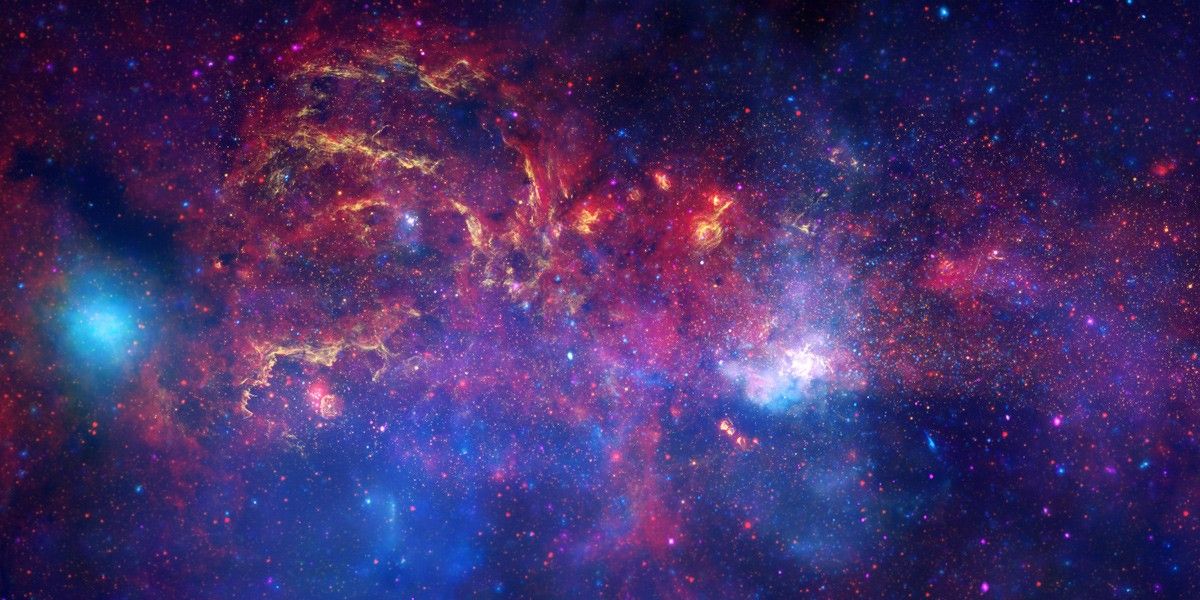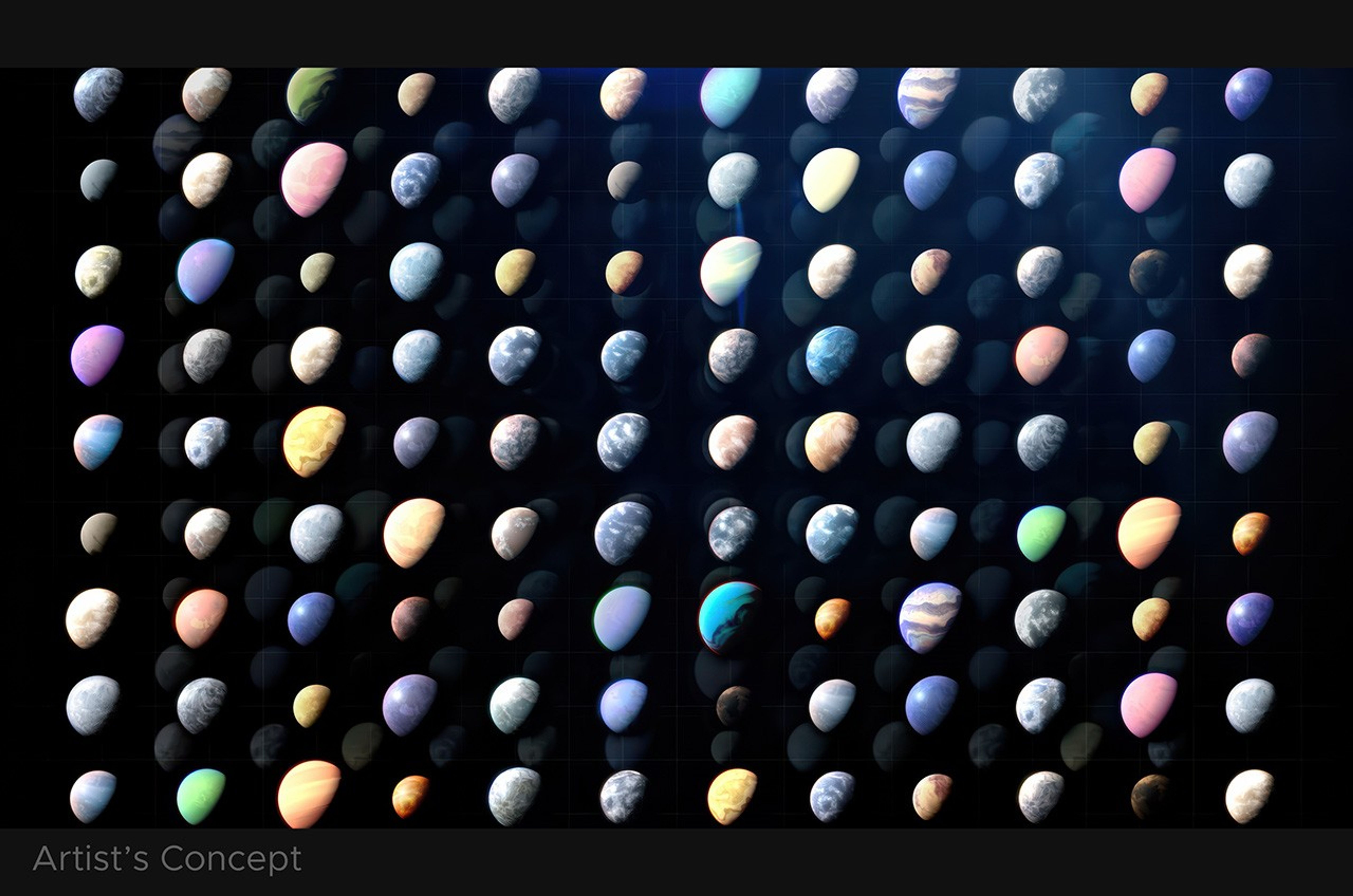ExoExplorer Science Series: Nick Tusay and Grant Weldon
Date:
February 14, 2025
Time: 11 AM - 12 PM Pacific Standard Time
Speaker: Nick Tusay (Penn State)
Title: Exoplanet Detection and Characterization in the Ultraviolet using a Starshade Complement for Habitable Worlds Observatory
Abstract: The disintegrating ultra-short period rocky exoplanet K2-22b periodically emits dusty clouds in a dynamically chaotic process resulting in a variable transit depth from 0-1.3%. The effluents that sublimate off the surface and condense out in space are probably representative of the formerly interior layers convectively transported to the molten surface. Transmission spectroscopy of these transiting clouds reveal spectral fingerprints of the interior composition of this rocky world. We used JWST's Mid-Infrared Instrument (MIRI) as a low-resolution slitless spectrograph to observe four predicted transit windows for K2-22b. For each observation, we extracted a transmission spectrum over the spectral range of 4.3-11.8 μm. We detect one transit at high significance and two at low significance. We find that the data 1) disfavor featureless, iron-dominated core material, 2) are consistent with some form of magnesium silicate minerals, likely from mantle material, and 3) show a distinct and unexpected feature at ∼5 μm. The unexpected feature, also seen weakly in the low-significance transits, is consistent with some gas features, possibly NO and/or CO2. These findings warrant further study to improve the constraints on the composition of this disintegrating rocky world.
Speaker: Grant Weldon (UCLA)
Title: The dynamical origins of giant planet eccentricities
Abstract: A rich diversity of extrasolar planetary systems has been discovered in recent decades, with many displaying unexpected architectures that challenge theories of planet formation informed by the Solar System. In particular, many giant planets have high orbital eccentricities, and many others orbit extremely close to their host stars. A proposed solution to both of these puzzles is high-eccentricity migration, in which an initially distant “cold” Jupiter is excited to high eccentricities, allowing for tidal interactions during close passages that drag the planet onto a close-in “hot” orbit. Secular (long-term) perturbations from a third body of planetary or stellar nature are a potential source of the eccentricity excitations, a phenomenon known as the Eccentric Kozai-Lidov (EKL) mechanism. I will discuss novel insights into the three-body problem that provide a new analytical understanding of the eccentricity evolution of planets subject to EKL from a distant perturber. Then, I will discuss recent work to characterize the effect of EKL from stellar companions on the giant planet population. We perform a population synthesis study of cold giant planets in stellar binaries, including the additional effects of tides, general relativity, and stellar evolution. The eccentricity distribution of the cold Jupiters is calculated, considering that planet-planet scattering may generate modest eccentricities on ~Myr timescales before EKL shapes the distribution on ~Myr-Gyr timescales. We find that the simulated eccentricity distribution is statistically consistent with the observed sample, suggesting that the EKL mechanism in stellar binaries may play an important role in driving the eccentricities of cold Jupiters and contributing to the formation of hot Jupiters.



